Post by 90GTVert on May 19, 2010 8:29:54 GMT -5
Section 16
Checking For Fuel
Checking For Fuel
- Think back to how long it's been since you filled up with fresh gas. If it's been longer than 2 months, you should consider draining the gas that is in it, cleaning the carburetor thoroughly, replacing the fuel filter, and verifying that the fuel lines are capable of flowing properly.
- You should have already done this, after all it was one of the very first steps. Just in case you haven't already, check for fuel in your gas tank and add some if necessary.
- Remove the fuel line from the carburetor.
If you are using a manual shutoff valve, turn it on and make sure fuel flows steadily from the hose. If not, check the filter, hoses, valve, and fuel tank outlet and in tank filter (if equipped) for debris or clogging. Clean or replace if necessary.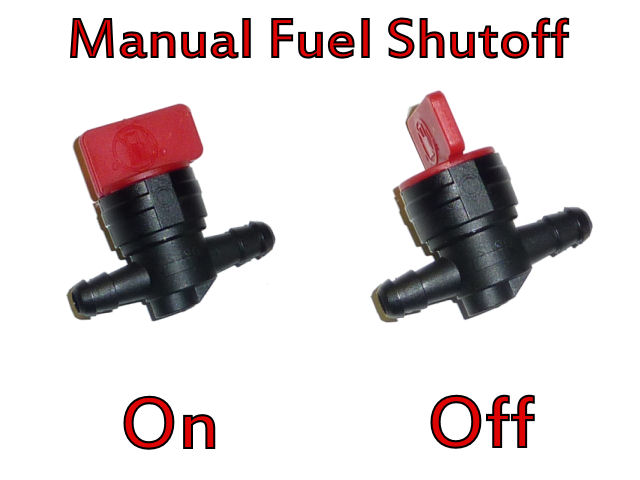
If you are using a vacuum controlled petcock (stock on most scooters, sometimes incorrectly called a fuel pump), crank the engine over and you should see a stream of fuel or bursts of fuel coming from the hose. If you aren't getting fuel there, check the filter, hoses, fuel tank outlet, and in tank filter (if equipped) for clogging. If there is still no fuel, replace the petcock.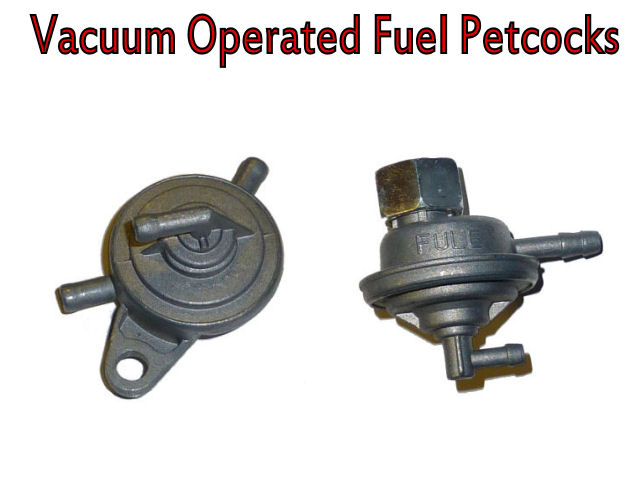
- Open the float bowl drain screw and you should see fuel flowing out. The float bowl drain screw is either located at the bottom of the carburetor or is sometimes remotely mounted and attached via a hose to the bottom of the carburetor. If there is no fuel in the carburetor, remove the carburetor, clean it, and set the float height according to your service manual's specifications.
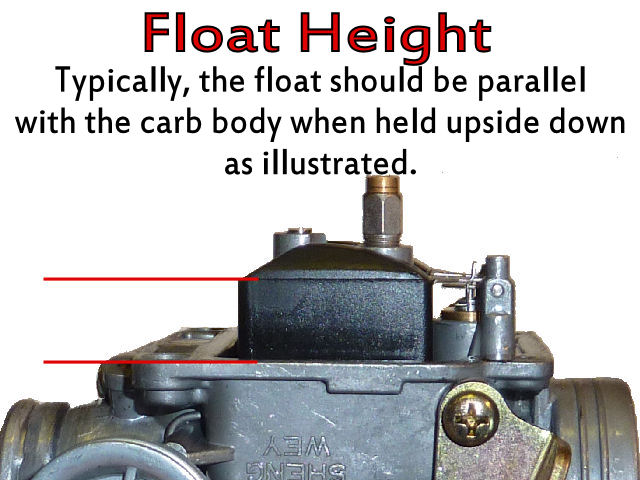
- Crank the engine over for a moment and immediately remove your spark plug if it does not start. Look for evidence of unburnt fuel on the plug. Spray a whiff of carburetor cleaner or starting fluid into the cylinder via the spark plug hole. Don't hose it down, it only takes a quick spray. Replace the spark plug immediately and try to start the engine again.
If the engine starts with the assistance of starting fluid or carburetor cleaner, remove the carburetor and clean it thoroughly. Make sure the jets are clear and clean, refer to your service manual and inspect the automatic choke or automatic enricher (if equipped), set the float height per specifications from a service manual, clean all passages with carburetor cleaner and compressed air, and assure that all components are operational. - Check for a clogged or dirty air filter or air inlet. You can try to start the engine with the filter off. If it starts, clean or replace the filter and then adjust your carburetor's idle speed and mixture settings.
- Check for intake leaks.
- Inspect the reed valves if your engine is a two stroke. The pics below show a broken reed valve that caused a no-start issue due to flooding. As the images indicate, be sure to inspect your engine for pieces of the reed valve if you find one missing or broken.
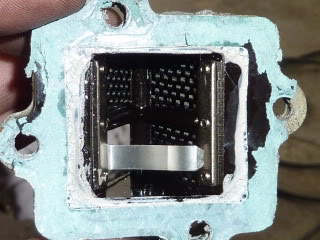
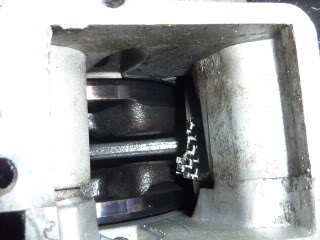
- Replace the carburetor.
- Still not starting? Proceed to what's left (Section 17).

